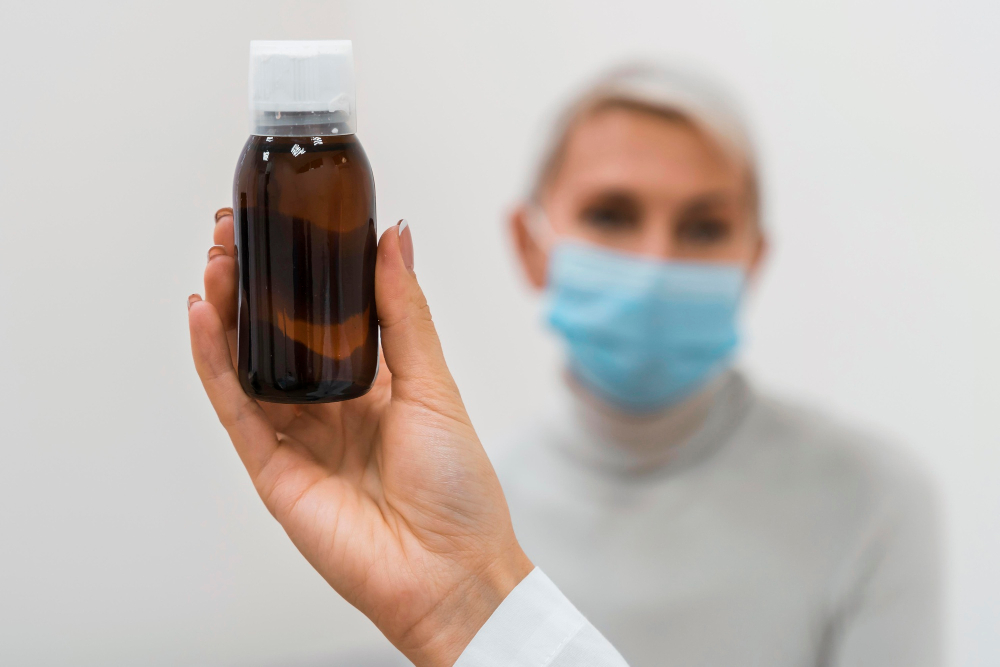The recent tragedy involving the death of at least 24 children after consuming a cough syrup contaminated with toxic Diethylene Glycol (DEG) has once again highlighted the urgent need for stronger pharmaceutical quality control in India. In response, the Central Drugs Standard Control Organization (CDSCO) has announced new and stricter monitoring measures to ensure the safety and quality of high-risk pharmaceutical solvents used across the industry.
CDSCO’s New Measures for Solvent Monitoring
According to the latest directive, CDSCO has instructed all state drug controllers to ensure that every manufacturer of pharma-grade solvents shares complete manufacturing details of each batch along with information on the vendors to whom the solvents are sold. This initiative aims to strengthen transparency across the supply chain and eliminate potential lapses that may compromise patient safety.
To achieve this, the central authority has upgraded its Online National Drugs Licensing System (ONDLS) portal. This platform will now track both the supply chain and quality of ten high-risk solvents, including glycerin, propylene glycol, diethylene glycol stearates, and several others commonly used in pharmaceutical formulations.
Mandatory Registration and Data Submission
The CDSCO has mandated that all manufacturers of pharma-grade solvents must register on the ONDLS portal under the “Old Licence Management” module. Manufacturers are required to upload batch-wise details such as:
-
Quantity produced
-
Certificate of Analysis (CoA)
-
Vendor details
-
Transaction timelines
This data will be continuously monitored by the state and central authorities to prevent the sale or use of substandard or contaminated materials.
Background: The Coldrif Tragedy and DEG Contamination
The move follows the devastating cough syrup crisis linked to Coldrif, a product manufactured by Tamil Nadu-based Sresan Pharmaceuticals. Investigations revealed that the syrup contained 48.6% Diethylene Glycol (DEG) — a toxic industrial solvent. The permissible limit of DEG in pharmacopeial formulations is merely 0.1%, far below the level found in the contaminated product.
This contamination incident led to multiple child deaths and sparked nationwide outrage. It exposed gaps in raw material testing, supplier verification, and regulatory surveillance, prompting authorities to take swift corrective actions.
Ensuring Accountability in Raw Material Testing
Prior to this directive, the CDSCO had also issued instructions that pharmaceutical manufacturers must test all raw materials used in drug formulations before releasing finished batches to the market. This measure ensures that potential contaminants such as DEG or Ethylene Glycol are detected early, preventing large-scale harm.
The new order complements this earlier guideline by tightening the control at the source — the solvent manufacturers — where quality lapses often originate.
Impact on the Indian Pharmaceutical Ecosystem
The decision to closely monitor high-risk solvents is a critical step toward restoring global confidence in Indian-made pharmaceutical products. Over the years, India’s pharma exports have faced scrutiny from multiple international regulators due to repeated incidents of contamination.
By enforcing end-to-end traceability of solvent manufacturing and distribution, the CDSCO aims to ensure that only high-quality and tested materials enter the production cycle. This initiative is expected to benefit responsible players in the industry, including every pharma contract manufacturing company committed to maintaining GMP and WHO-certified standards.
Strengthening Trust through Transparency
The ONDLS-based monitoring system brings accountability and data centralization to the forefront. With real-time access to manufacturing and distribution records, state authorities can now trace the origin of raw materials involved in any future safety incident. This data-driven oversight will make it increasingly difficult for non-compliant manufacturers to bypass quality checks.
Such measures are also likely to strengthen the credibility of ethical pharma brands and monopoly medicine companies in India that adhere to high safety standards and transparent supply chains.
Conclusion
The CDSCO’s proactive stance to monitor high-risk solvent quality marks a turning point for India’s pharmaceutical regulatory system. By mandating strict tracking and data submission, the authority is ensuring that incidents like the cough syrup tragedy are not repeated.
As the industry adapts to these higher compliance standards, reputable pharmaceutical firms such as DM Pharma Global continue to uphold their commitment to safe, effective, and globally trusted medicines, aligning with the nation’s goal of maintaining patient safety and international quality benchmarks.

